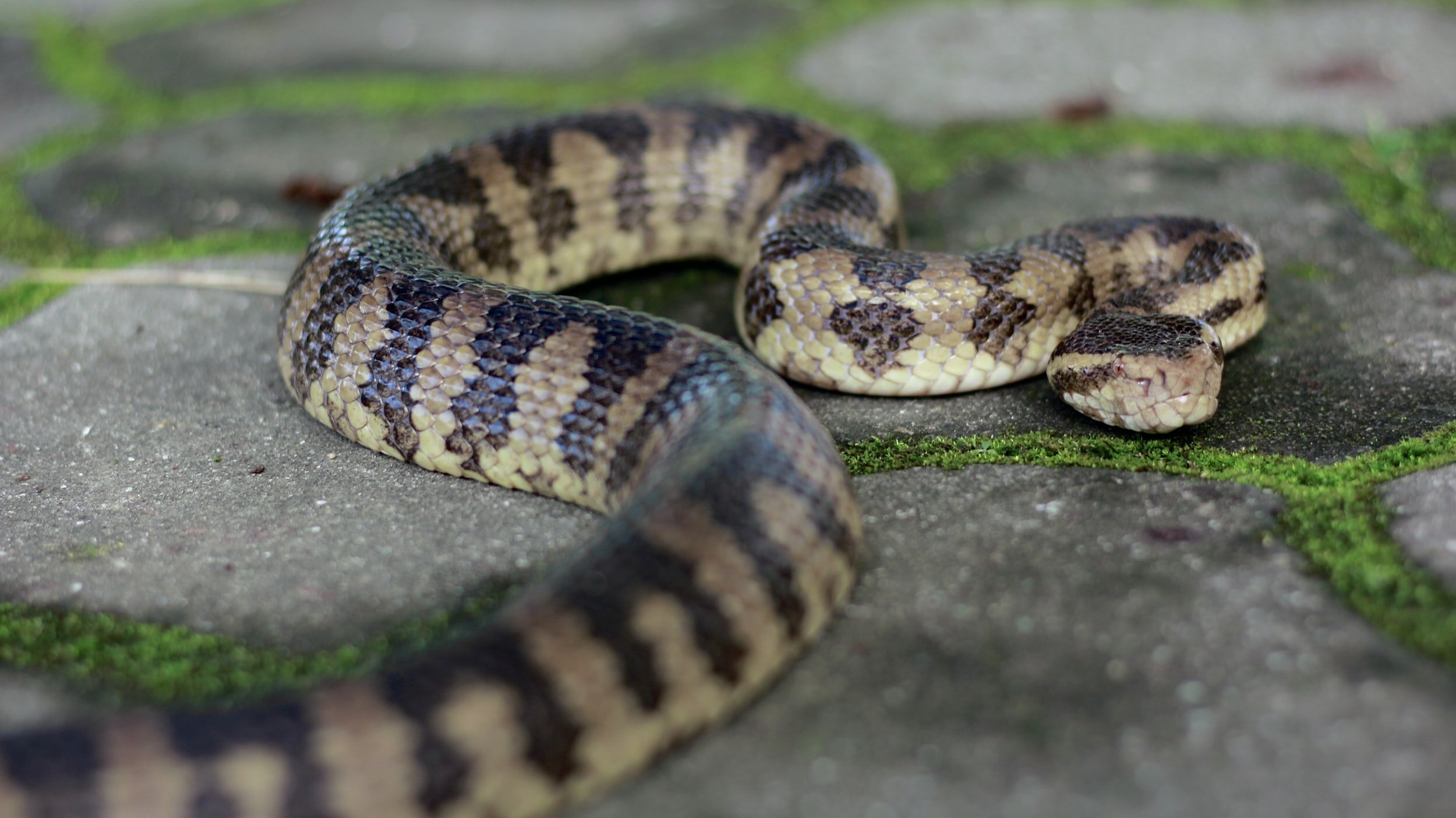Four Tips to Protect Your HOA from Florida Snakes
Floridians face many natural occurrences: hurricanes, tornadoes, alligators, and even panthers. But another common animal that Floridians have to deal with is the snake. And not just any snakes; poisonous ones. The six most dangerous snakes in Florid are the:
Southern copperhead (Agkistrodon contortrix contortrix)
Cottonmouth or "water moccasin" (Agkistrodon piscivorus)
Timber rattlesnake (Crotalus horridus)
Dusky pygmy rattlesnake (Sistrurus miliarius barbouri)
Eastern diamondback (Crotalus adamanteus)
Eastern coral snake (Micrurus fulvius)
Homeowner's associations may be worried about getting bitten by one of these snakes every time they step out of their car, into their garage, and walk out their door.
Some associations have rocks and grass around the property, making it an ideal habitat for snakes. Therefore, it's not uncommon for conflict with wildlife in associations. Does an association have a responsibility to protect its residents from dangerous nature?
An Incident that Occurred in Florida
In 2018, a Florida woman was awarded a $5 million settlement from her homeowner's association and community management company for not warning residents about a snake problem in the community. When stepping out onto her back patio in July 2015, a water moccasin bit her toe. The woman was lucky to live, but her leg was amputated below the knee due to the venomous snake's bite.
A University of Florida study showed that running into a water moccasin, also known as cottonmouths, is 8.6 times higher in the community than in the Everglades, which are nearby. The Florida community now posts signs warning residents about venomous snakes.
When faced with concerns about wildlife, Kelly Richardson, co-founder and managing partner of Richardson Ober in Pasadena, Calif., a fellow in CAI's College of Community Association Lawyers (CCAL), and a CAI past president, recommends the following:
Contact an appropriate service provider to investigate potential wildlife problems and recommend solutions.
Rely on expert advice when implementing solutions. For example, a pest control expert might identify architectural or landscaping features that contribute to or allow pest problems to grow.
Review your association rules to ensure they adequately protect residents and don't contribute to issues. For example, if residents are feeding animals outside, it could be attracting more wildlife and pests. In this case, a rule prohibiting residents from feeding animals might help.
Have ample liability insurance. If a resident's injury from a wildlife attack is bad enough, even the most careful association could have a hard time opposing the sympathy factor from a severely harmed plaintiff.
Contact Us
As with any potential common area hazard, the board and management should pay attention to a potential problem's complaints or reports. The key is to respond reasonably to known issues. Need more advice about this issue? Call Condominium Associates today!



